Learn how to get the most out of your RRSP withdrawals during retirement while minimizing tax implications. Discover strategies to optimize your income, defer CPP and OAS, equalize spousal RRSPs, and more.
If you’ve been a diligent saver and contributed regularly to your RRSP, you may have accumulated a sizable nest egg for retirement. However, withdrawing money from your RRSP can result in paying more tax than you should. While it’s generally advisable to leave your RRSP untouched for as long as possible to take advantage of tax-free growth, it’s important to consider your unique retirement situation and determine the most efficient way to withdraw your retirement income. Retirees with a high net worth may find that waiting until the last minute to start taking an income from their registered investments can have unintended consequences.
What You Need to Know:
The intended use of an RRSP is to defer taxes from high tax brackets to lower tax brackets, allowing the money to grow tax-free for many years. However, at some point, you must take that money out. The government mandates that Canadians convert their RRSP to a RRIF or an annuity at age 71 and take a minimum amount. Waiting until this age to start drawing down your RRSP can limit your flexibility and push you into higher tax brackets. This could also result in the loss of age and pension tax credits and a partial or total clawback of your OAS income.
Here are some strategies that could help you save on taxes during your RRSP withdrawals:
- Defer your CPP and OAS until age 70 to receive higher amounts and use RRSP withdrawals to fill the income gap that the CPP and OAS would have provided.
- Top up your income to your existing tax bracket with RRSP withdrawals when you stop working and fall into a lower tax bracket.
- Start a RRIF at age 65 to take advantage of the $2,000 pension income credit and withdraw $2,000 tax-free from your RRIF annually.
- Equalize your RRSPs with your spouse by withdrawing from yours and contributing to a spousal RRSP, eliminating the tax on your withdrawal.
Consult a financial advisor before starting RRIF payments to ensure that your income sources are working as tax-efficiently as possible. Everyone must consider their own financial situation when deciding how and when to start taking an income from their RRSP. Talk to your advisor about the amount of your minimum RRIF withdrawals at 71, how secondary income will affect your tax bracket, and the best time to start CPP and OAS. With the right strategies, you can optimize your RRSP withdrawals and get the most out of your retirement savings.

